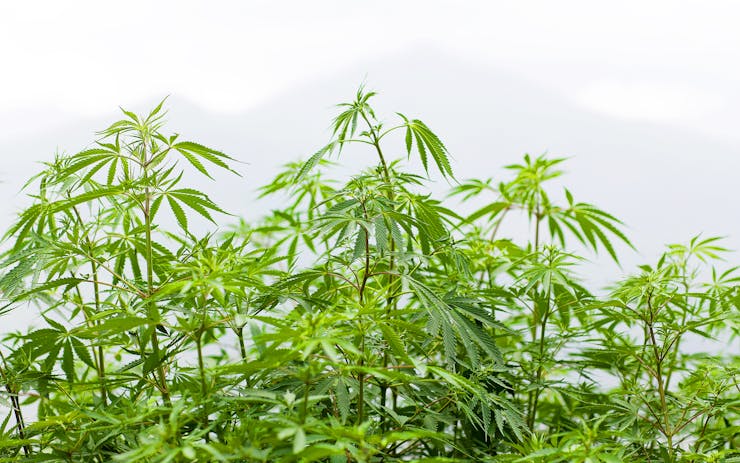ROVIGO, Italy — For centuries Italy was one of Europe’s main hemp producers, but development stalled in the second half of the 20th century after cannabis was declared flora non grata in the country. Now, with the plant returning to the mainstream, Italians are stepping up research and development of new strains, in large part to serve the country’s fledgling medical cannabis program.
Much of the research takes place at CREA Cin, the national center for research on agricultural innovation. With its headquarters in Bologna and local branches in the municipalities of Rovigo and Osimo, the center specializes in breeding and studying various types of plants, then releasing new varieties and breeding lines.
The branch in Rovigo focuses heavily on cannabis, cultivating plants to be grown both indoors and out. Its mission is to grow a wide variety of strains, develop rapid screening tests for cannabinoids, and breed specific cannabis phenotypes for medical use. The Rovigo branch is collaborating with the Pharmaceutical Military Institute of Florence, which has begun production of medical cannabis.
During a tour of the Rovigo research center, Dr. Gianpaolo Grassi explained the center’s history and mission.
“Since 1995 our center has been supported by the Ministry of Agriculture to renew the Italian varieties to follow the EU regulation that imposes the THC limit of 0.2 percent,” he told Leafly. The first cannabis plants were so-called dioecious varieties, used for fiber production. “In the following years we have bred the first Italian monoecious varieties, suitable to produce seed and fiber,” Grassi said. “The market needs hemp food more than hemp fiber.”
The aim is to expand the catalogue of seed varieties, he explained. “In the last 12 years, we have crossed cannabis varieties to obtain cannabis lines with single cannabinoids in its chemo-type. We have THC, CBD, CBG, CBDV, THCV varieties.” Some strains contain more than 20 percent THC, others exceed 15 percent CBD, and yet others have more than 5 percent of CBG, CBDV, and THCV.
The Rovigo branch hosts a large genetic bank and aims to develop new strains by inducing genetic mutations through chemical means. This might happen by doubling the chromosomal chains of cannabis, Grassi said. Plants might be feminine or masculine, and some varieties are hermaphrodites, but according to Grassi the most interesting are the triploid hybrids, the result of the combining different chromosomes to generate triploid hybrids, i.e. bigger plants that produce only sterile seeds.
On Oct. 29, Rovigo will host an upcoming conference on cannabis, dedicated to both medical and industrial applications of the plant. It will feature Italian and foreign experts such Stefan Meyer of Phytoplant Spain and Col. Antonio Medica of the Pharmaceutical Military Institute of Florence. Experts on phytochemistry and breeding, as well as use of cannabis in clinical trials, are slated to participate at the conference. The event will also host lectures on matters relating to industrial hemp, such as new machinery suitable to harvest the top of the plant and methods to extract cannabinoids on an industrial scale.
But the use of cannabis for medical purposes in Italy is the most pressing element of the conference. According to Grassic, participants at the conference, some of whom are closely involved with Italian research efforts, will discuss bills being considered by the country’s Parliament that would legalize cannabis and increase industrial hemp production at the national level.
Legal issues had long stymied interest in hemp and deprived farmers of what initially were high EU subsidies on hemp and flax production—subsidies that have since been largely abolished. At the end of the 1990s, Italian authorities finally decided to change course, ushering in a wave of new research.
But progress has been sporadic, frustrated by heavy regulation. Even the planting of industrial hemp is regulated by individual decrees. And Italian lawmakers haven’t succeeded in integrating relevant EU rules into national legislation. Despite the slow start, however, projects like the one at CREA Cin in Rovigo demonstrate that Italy is becoming an increasingly important player in cannabis R&D—a growing area of interest globally as more countries eye legalization.






